Wearable technology is fast-growing in the consumer world, from smart watches to fitness trackers – however, it’s nothing new within enterprise technologies. As experts in the field for over 25 years, Zebra Technologies has been dedicated to designing hands-free, wearable devices for warehouse operators and workers alike. We hear from Paul Reed, regional product manager, enterprise mobile computing EMEA at Zebra Technologies, to find out how warehouses can achieve connectivity, profitability and operational efficiency with their wearable devices.
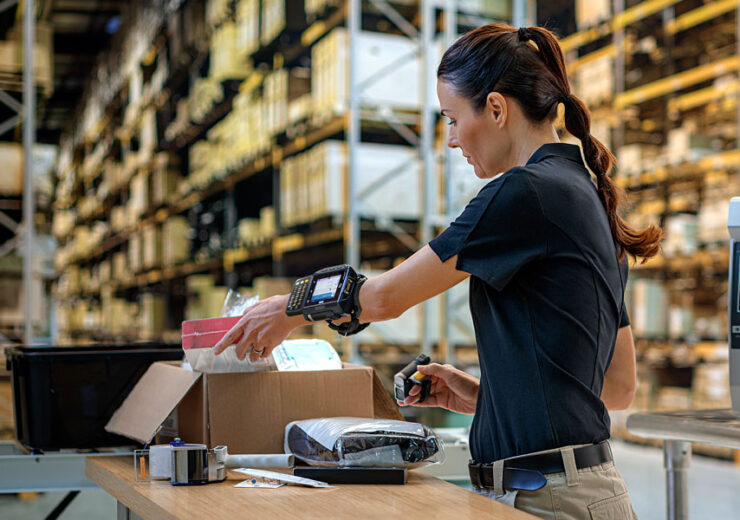
As a testament to its dedication to forward-thinking and innovation, Zebra Technologies has been designing wearable solutions since 1997 with the WS1050. While wearable devices have burst into the consumer world over the past decade or so, the first wearable computer was actually created in the 1960s by mathematics professor Edward Thorp. Since then, the technology has only grown in popularity, with an average of 22% using a smartwatch in the UK according to Statista. This popularity is not limited to consumer demands, however, as wearable technology also enable employers to future proof their operations by offering employees the ability to go hands-free.

“We’ve seen wearables explode in enterprise use,” says Paul Reed, product manager, enterprise mobile computing EMEA, at Zebra Technologies. This is certainly true, with 49% of respondents to a PwC survey stating that wearable technology is critical to improving workplace efficiency. “People have seen the business benefits, the productivity gains, and we’ve seen it explode through warehousing.”
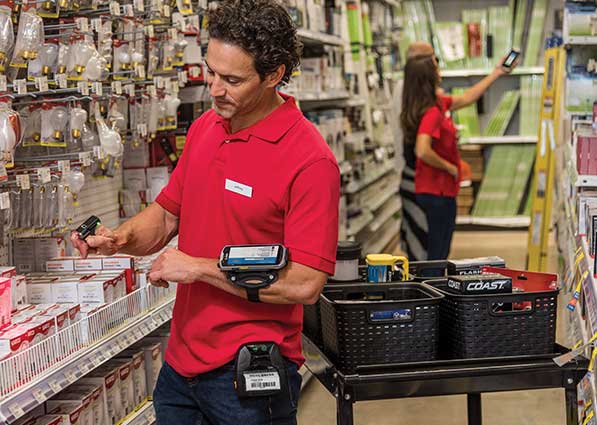
It’s not hard to see why. Warehouse and logistic operations are not without their challenges, which is where wearable technology comes in. Labour shortages are proving to be a “real challenge”, explains Reed, and the right technological solutions can make all the difference in terms of providing a more efficient and productive workplace. According to Zebra’s Warehouse Vision Survey, which hears from key decision makers in the sector discussing the biggest labour challenges affecting their operations, 55% of those surveyed mentioned ‘attracting qualified workers’ as a key issue in this area, while 54% mentioned ‘training time’ and 45% mentioned ‘keeping associates happy and fulfilled’.
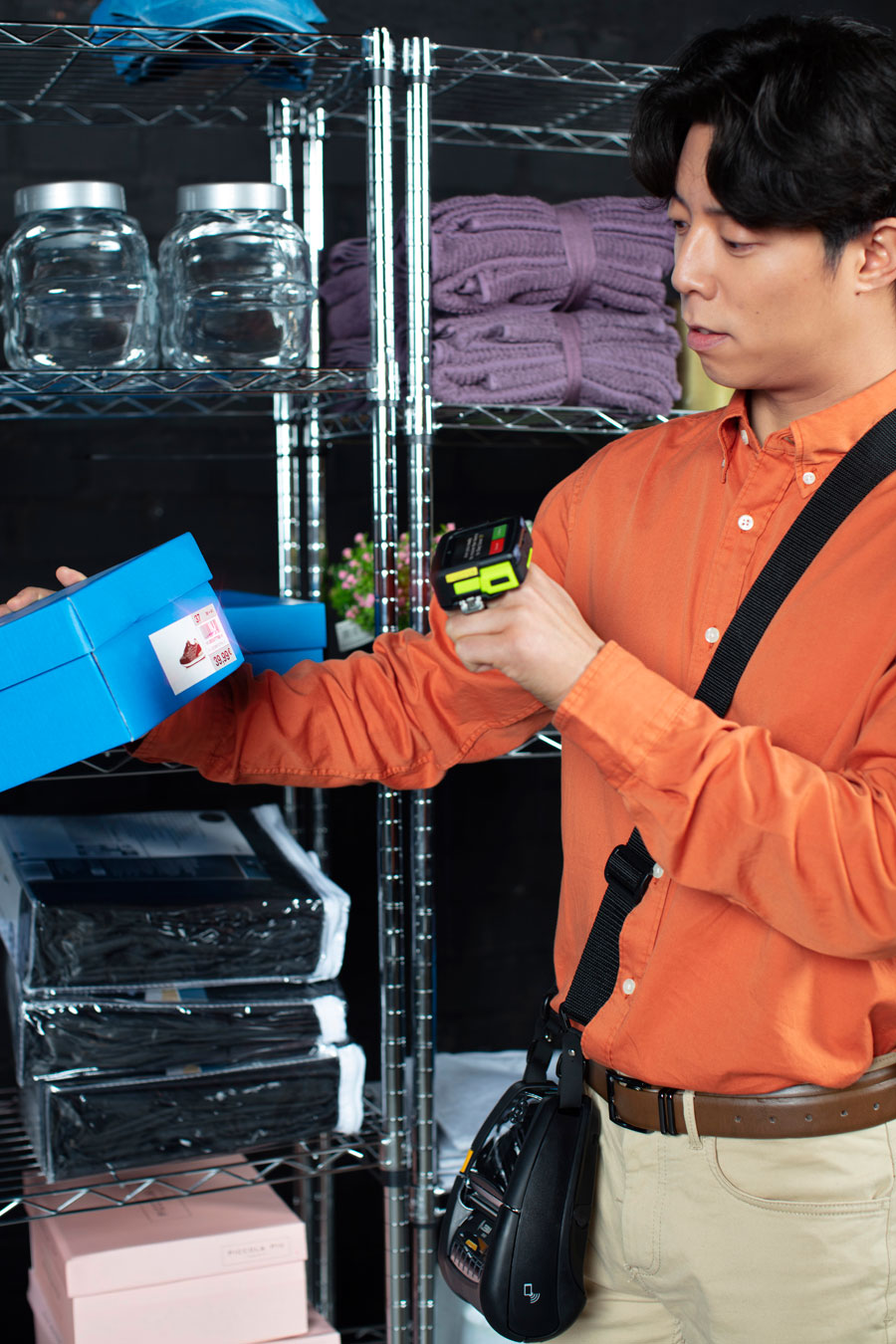
With this in mind, it’s no surprise that employees are much more likely to stay in a warehouse that offer technology over the traditional pen and paper. According to the Warehouse Vision Survey, 86% of associates and 88% of decision-makers agree with this sentiment, believing that implementing warehouse technologies, robotics and devices would help attract and retain workers. The survey also found that 83% of associates feel more valued by their employers as a result, while 76% of decision makers say adding automation to collaborate within a workspace will improve overall morale.
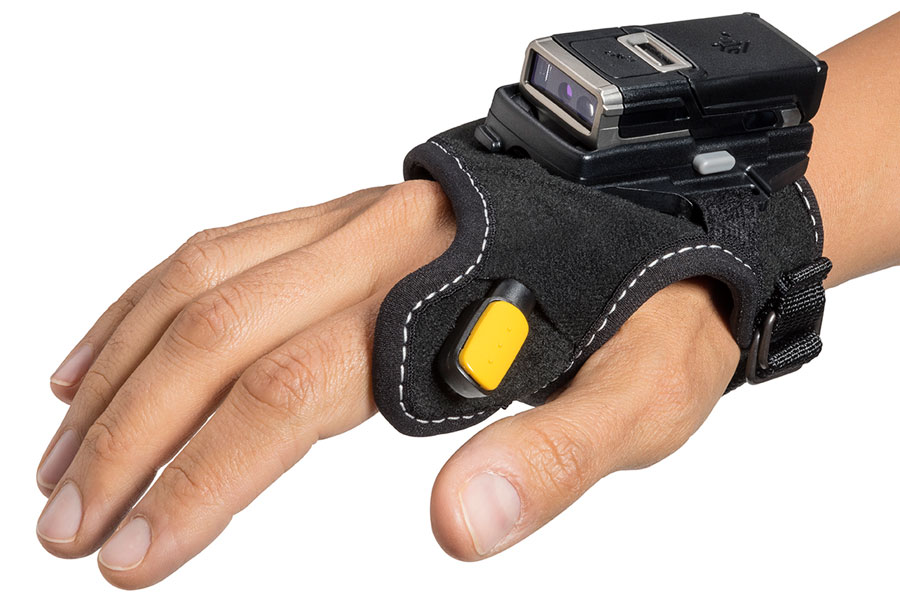
For these reasons and more, the wearables industry expects significant investment over the next five years. While wearable computers and peripherals is at 40% usage in warehouses, decision makers expect this to rise to 94% by 2027, explains Reed. The demand is there, and the benefits are twofold: “One is about working ‘hands-free’ – simply not having to pick up and put down a device all the time. That is one of the major benefits,” says Reed. Workers can transport packages and move stock faster, and retail employees can process more orders hands-free.
The second is using wearables to optimise workflows. “Rather than presenting the worker with a list of jobs to do, you simply display the next step on the device,” says Reed. This helps to streamline operations, removing any confusion by a worker over what their next task is, and ensuring the relevant information is always at arm’s reach.
A wearable solution for every enterprise need
Specialising in mobile computing, Zebra offers more than just smart hardware, providing companies with real-time insights and actions to empower workers with a range of wearable technologies and software. When it comes to its own devices, Zebra has a whole design team dedicated to observing how workers are carrying out their tasks and how this could be done more effectively.
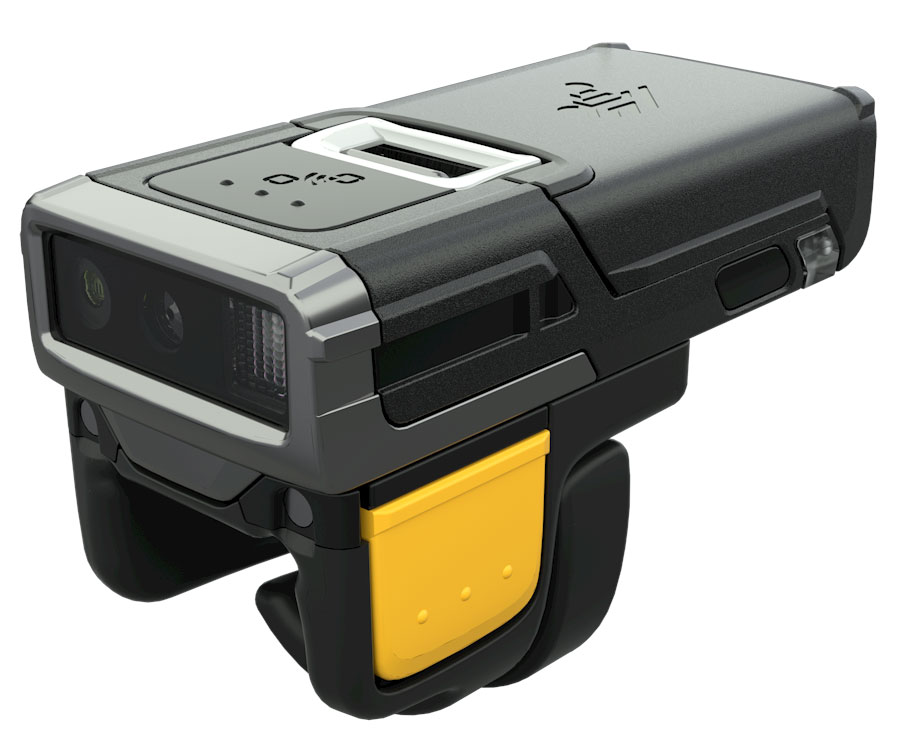
“For example,” Reed offers, “if you look at a wearable that’s going to be worn on a wrist, there is a standard measurement between somebody’s wrist and elbow, so. clearly there’s a device size that is the maximum you can comfortably have without impeding movement of your arm or hand.” Zebra then considers the design and durability of the device, for instance, how big or long-lasting a battery to use versus how light the device should be, and insuring it is accessible without removing the device from the workers wrist. “We then look at other new technologies as they come along and what technologies can benefit that person and the role they’re doing.”
Unlike the consumer industry, which often boasts a new product every 12–18 months or so, businesses want to be able to depend on a product for much longer and won’t be looking to change every year “just because they’re new”, says Reed. Zebra, therefore, designs and manufactures its products to support a longer lifecycle – again, returning to that future-proofing focus inherent to the company’s range of solutions.
Zebra’s range of wearables consist of three different styles, from its ‘designed-for-purpose wearable’ and ‘hybrid wearable’ to its ‘all-in-one wearable’. Each option offers dedicated wearables to optimise productivity. The first, the designed-for-purpose wearable, is an all-day solution that enables workers to operate hands-free for their entire shift with touchscreen and optional keypad for workflows. “Some people run them for 12-hour shifts,” Reeds adds, “so that’s designed to be worn all that time.” They also need to operate in the more extremes of warehouse use; dusty, damp or even the extreme cold temperatures of -30C°.
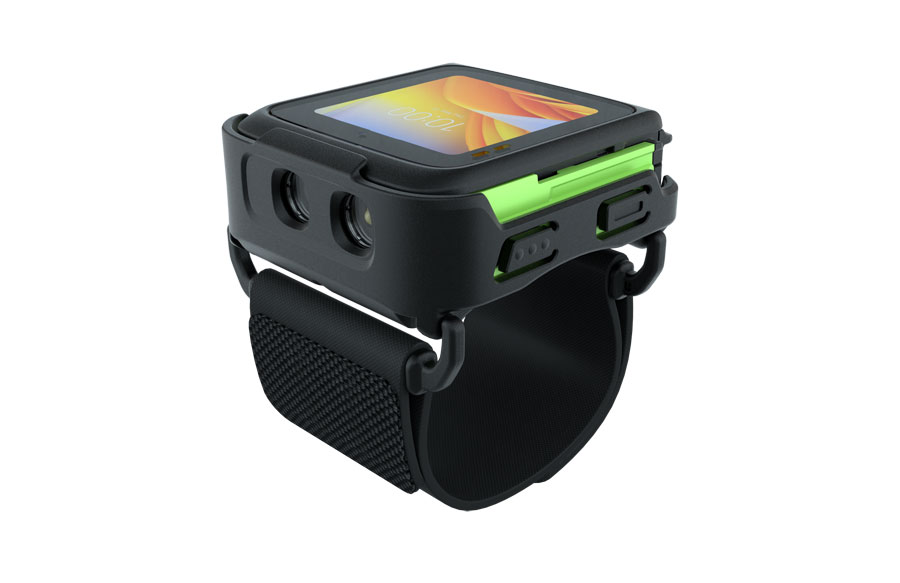
The hybrid wearable option, on the other hand, transforms Zebra handheld mobile computers to wearables as a hybrid solution to suit a number of tasks and modes of operations. These are designed to be worn for two to three hours, according to Reed. Zebra also offers a TC series – called ‘touch computers’, they function mostly outside the warehouse but are seeing more demand as a multi-use device. Worn on the wrist, the TC2x and TC5x series can function from -10°C to -20°C, respectively, with a 5 or 6-inch touch displays, Wi-Fi and 4G or 5G options, highlighting Zebra’s commitment to its design principles.
Finally, Zebra’s all-in-one wearable option is designed for simpler tasks that require less data and offers a cost-effective way to connect workers for a productive workforce. This includes Zebra’s newest addition, the WS50. “It’s got the processor, the Wi-Fi connection, a barcode scanner – everything embedded into this small device with a two-inch display,” says Reed.
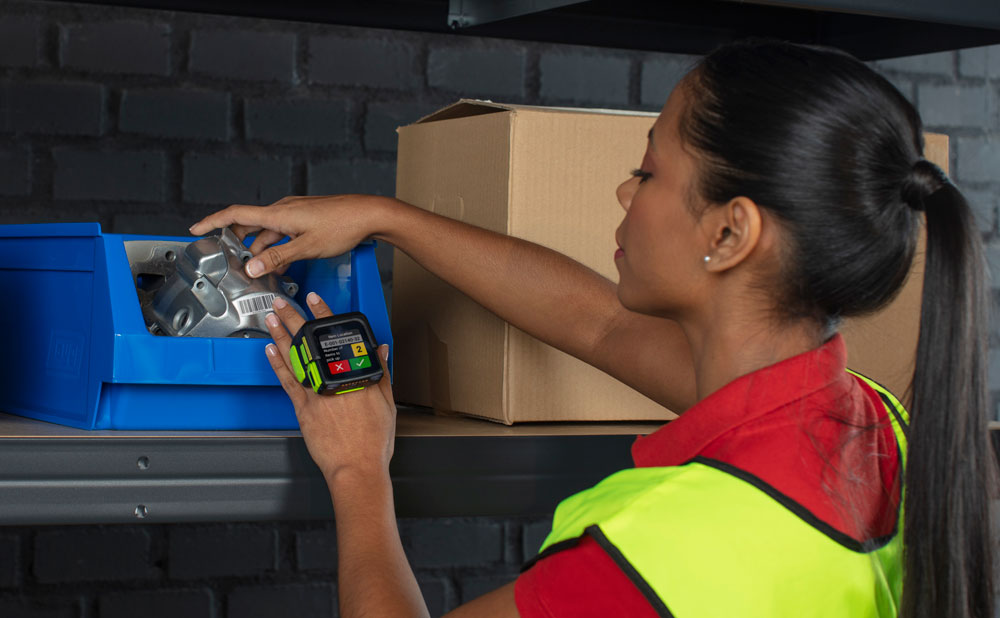
A vision of the future
Beyond its wearable devices and solutions, Zebra’s previously mentioned Warehouse Vision Survey helps to further set the company apart from its competitors. Undertaken every year – receiving responses from over 1,500 warehouse operation staff within manufacturing, retail, transportation, logistics and wholesale – the survey is paired with insights from decision makers and analyses the latest trends to find out what challenges warehouse operation staff are facing, the hot topics at play and the technology aspirations that could help improve productivity and efficiency. “It’s about people – to understand what others in the industry are facing, what they are seeing, challenges that are coming and, perhaps, where can they consider investing,” Reed explains.
The most recent survey outlines the challenges facing warehouse decision makers due to e-commerce, from faster delivery, increased transportation costs and unpredictable consumer demands. The report also explores the changing expectations of the workforce and expected areas for future investments, making it a must-read for industry associates and warehouse operators to keep up to date with the latest challenges and topics.
With an eye on the future, the survey reports an expected $5.15m investment in technology in 2024, compared with the $4.63m in 2023. It also highlights that decision-makers are making modernisation a priority, with 69% either already increasing or planning to increase funding for existing warehouse modernisation plans. With greater investment in technology, the report underlines the move to increase inventory visibility and resiliency, such as passive RFID tags and sensors, which is expected to see an 81% implementation in 2024 compared with 44% in 2023.
Ultimately, Zebra’s built-for-purpose solutions drive productivity and lower the total cost of ownership over the deployment lifecycle, which can have a huge impact on morale within the warehouse. With 79% of associates concerned with managing workloads and high-stress levels to meet productivity goals, Zebra’s expansive range of wearable devices and accessories can empower employers to equip their workers for a happier and more productive team. “If you can make the workers happier, they stay longer,” Reed adds, “You can have all your efficiencies, you gain productivity – it’s a win-win.”
To find out more about Zebra Wearables please click here to download the detailed white paper.
Source: Company Press Release
